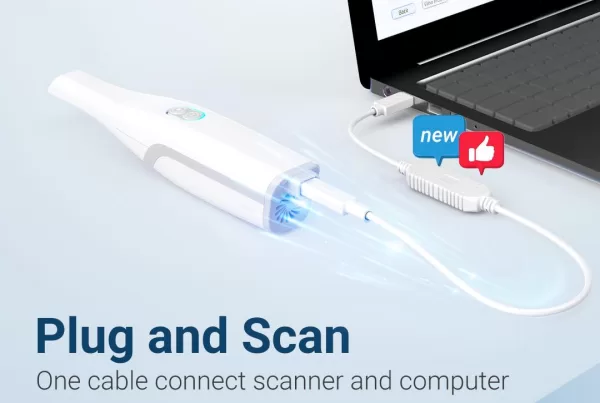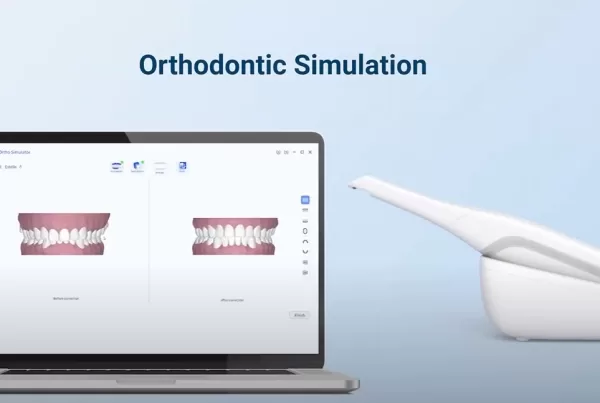
What Is A Dental Lab Scanner? A Dental Lab scanner is a machine that can capture the 3D model of traditional plaster models and turn it into digital impression. A dental lab scanner is the entry key of digital dentistry workflow, the good lab scanner can help technical improve the working efficiency, and make the perfect product like a crown, dentures, etc… While if the lab scanner is not good, it will even make the scanning process painful, which means a long waiting time and the result may need multiple adjustments and even need rework.
What is a dental lab scanner?
How to Choose a Lab Scanner?
What about BLZ Dental LS100?
What is a dental lab scanner?
The starting point for most dental lab CAD/CAM workflows is the 3D scanner. A key part of digital dentistry is the use of 3D lab scanners, which capture 3D shapes using a combination of cameras and light projection then transfer the result to a computer.
How to Choose a Lab Scanner
There are a number of features to consider when selecting the 3D scanner that is the best fit for your lab including the scan speed and scanner capacity. Some scanners provide automated scanning for individual dies, while others only scan models.
Light source
3D scanners can be based on different technologies, and each kind has its CON and PRO. Most lab scanners on the market use “structured light” – a light projected onto the scanned object and captured by onboard cameras. A very few still use laser light.
Structured light captures the 3-dimensional topography of a surface, using trigonometric triangulation. The projector projects a pattern of light onto the object to scan. One or more sensors (or cameras), slightly offset from the projector, look at the shape of the pattern of light and calculate the distance of every point in the field of view.
Laser scanners work by projecting a laser point or line onto an object and then capturing its reflection with sensors. Since the sensors are located at a known distance from the laser’s source, accurate point measurements can be made by calculating the reflection angle of the laser light.

Accuracy
Current scanners will scan to an accuracy level of between 4 and 15 microns. The accuracy of LS100 is 6 microns. For day to day crown and bridge manufacturing requirements an accuracy level of 10 microns is acceptable. Greater levels of accuracy are desirable when scanning implant cases or doing full arch, interconnected restorations. Some manufacturers focus on the number of megapixels of the cameras in the scanner as a source of accuracy, but this is only partially true. More megapixels will definitely result in more data being captured but this may not result in the acquisition of useful information, and will always slow down the scanning process.
From: https://www.centraldentalltd.com/en/how_to_choose_a_lab_scanner.php
Speed
Speed is one of the most important features you need to consider when you plan to purchase a lab scanner. Most scanners will become slower and slower after using half a year. A good scanner can stay faster longer. So it’s one thing that the scanner is fast now, it’s another thing to stay fast after using.
Sofware
You need to consider if the scanner is Open or closed system, and what’s the Output format the scanner has. Mostly has STL, PLY, and OBJ.
Application
Application range decides if the scanner can be used smoothly and conveniently in your workflow. For example, if the scanner can scan multiple models in one step? how many dies the scanner can scan in one step? and if the scanner can scan with the Articulator scanning?
Service – warranty and support
Like with virtually all goods, the build quality of a scanner can have an impact on its’ durability and longevity. The better scanners are built with better quality components that will ensure more reliable performance over time. Standard warranties for scanners are typically one year. Finally, support is as important for a scanner like any other piece of digital technology equipment, so ensure that your scanner supplier has the experience and resources to quickly address any issues you face.
What about LS100?
The starting point for most dental lab CAD/CAM workflows is the 3D scanner. A key part of digital dentistry is the use of 3D lab scanners, which capture 3D shapes using a combination of cameras and light projection then transfer the result to a computer.

